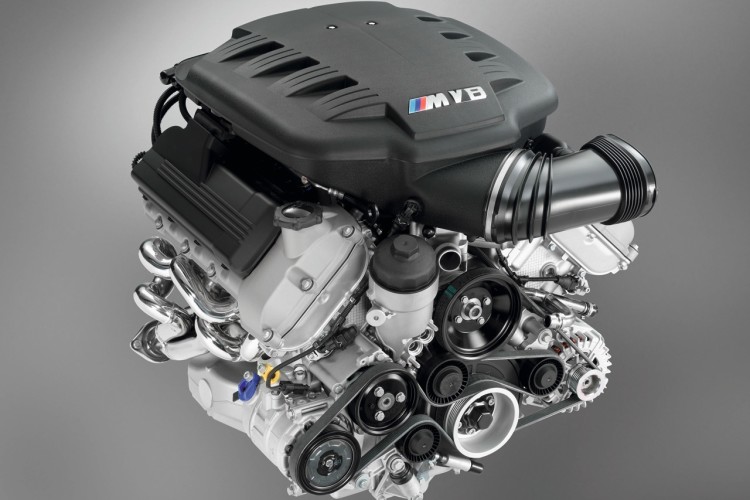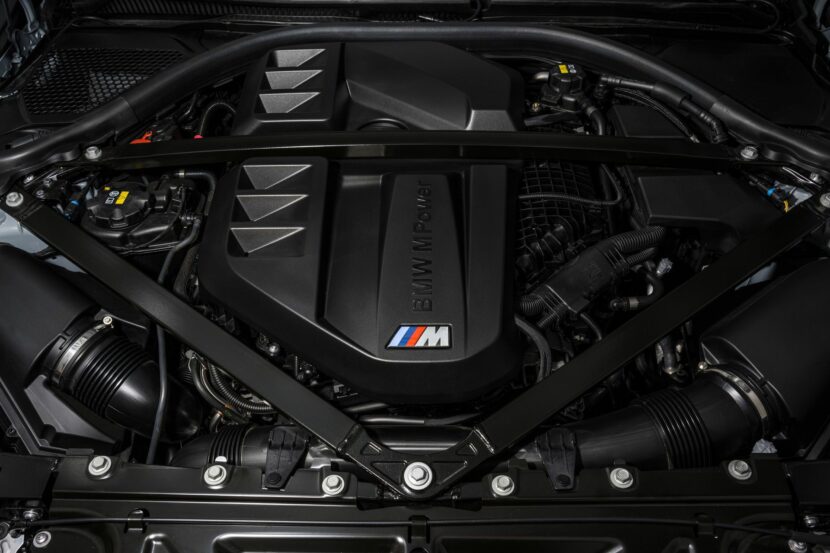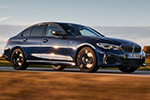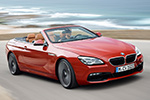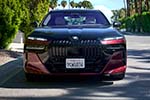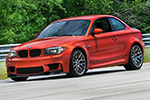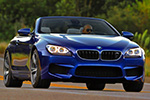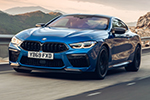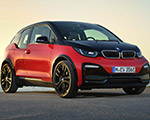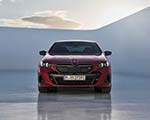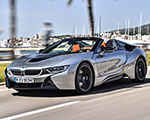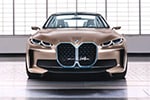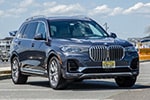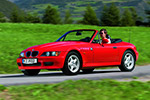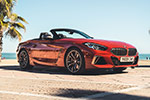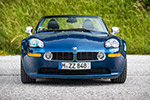BMW’s M52 engine holds a unique place in the brand’s history. Introduced in 1994 as the successor to the M50, the M52 powered some of BMW’s most iconic models, including the E36 and E46 3 Series, E39 5 Series and Z3. While it was eventually replaced by the M54, the M52 remains a favorite among enthusiasts due to its balance of performance, reliability, and modifiability. But like any engine, it has its strengths and weaknesses. Let’s dive into the pros, cons, reliability, and tuning potential of the BMW M52.
Pros of the M52 Engine
- Smooth and Linear Power Delivery: The M52 is known for its refined and smooth operation. With its aluminum block (in most markets) and dual overhead camshaft (DOHC) design, it delivers linear power throughout the rev range.
- Fuel Efficiency: Compared to older BMW inline-six engines, the M52 is relatively fuel-efficient, especially in the smaller displacement variants (2.0L and 2.5L versions). The inclusion of single VANOS (variable valve timing) helps optimize fuel consumption.
- Reliability: The M52 is generally regarded as reliable with proper maintenance. It avoids some of the catastrophic failures seen in later turbocharged engines.
- Aftermarket and Tuning Support: Due to its similarities to the M50 and M54, the M52 benefits from a strong aftermarket presence. Parts availability is good, and many performance upgrades exist.
- Decent Performance in Stock Form: The M52B28, the 2.8L variant, produces 190 hp and 280 Nm of torque, making it a solid performer in naturally aspirated form for its era.
- Lightweight Construction: European versions featured an aluminum block, reducing weight compared to the iron-block M50. This improved handling in vehicles like the E36 3 Series.
Cons of the M52 Engine
- Plastic Cooling System Components: Like many BMW engines of this era, the M52’s cooling system features plastic parts that degrade over time. The thermostat housing, water pump impeller, and radiator end tanks are all prone to failure.
- VANOS Unit Wear: The single VANOS system improves efficiency and performance, but over time, the seals inside the VANOS unit wear out, leading to rough idle, loss of power, and poor fuel economy.
- Restricted Airflow Compared to M50: The M52 uses a smaller intake manifold compared to the M50, slightly reducing high-RPM power. Many enthusiasts swap to the M50 manifold for better top-end gains.
- Plastic Valve Cover on Late Models: Some later M52 engines (particularly the M52TU) used a plastic valve cover, which is prone to cracking and causing oil leaks.
Nikasil Issue
Early European-market M52 engines used Nikasil-coated aluminum cylinder liners, designed to reduce friction and improve longevity. However, high-sulfur fuel caused corrosion of the Nikasil coating, leading to loss of compression and engine failure. BMW addressed this issue by switching to cast-iron cylinder liners in later M52 engines, effectively resolving the problem. In North America, M52 engines always used cast iron blocks, avoiding the issue entirely.
Reliability of the M52
The BMW M52 engine is generally considered reliable, especially when properly maintained. However, like any engine, it has its common issues. One notable concern is the susceptibility to overheating; any instance of overheating can lead to significant damage, particularly to the cylinder head. Additionally, some users have reported oil consumption problems due to unreliable oil rings. It’s also worth noting that the M52 can be sensitive to maintenance practices; neglect or improper care can exacerbate potential issues.
Common Issues
- Cooling system failures (plastic components)
- VANOS wear
- Oil leaks from valve cover gaskets and oil filter housing gaskets
- DISA valve wear (on M52TU)
- CCV (Crankcase Ventilation) system failures
Maintenance is Key
- Cooling System Overhauls: The M52’s cooling system is one of its weak points due to plastic components that degrade over time. The radiator, expansion tank, water pump, and thermostat housing should be replaced every 80,000–100,000 miles to prevent overheating, which can lead to catastrophic engine damage.
- High-Quality Oil Usage: Using BMW LL-01 spec synthetic oil is essential to keep the M52 running smoothly. Regular oil changes at 7,500–10,000 miles help maintain proper lubrication and prevent sludge buildup.
- VANOS Maintenance: The single VANOS system can wear out over time, causing rough idle and loss of power. Replacing the VANOS seals helps restore performance.
- Crankcase Ventilation System: The CCV (Crankcase Ventilation Valve) is prone to clogging, leading to increased oil consumption and vacuum leaks. It should be inspected and replaced periodically.
- Regular Inspection of Gaskets: The valve cover gasket and oil filter housing gasket commonly develop leaks over time, requiring replacement to prevent oil loss and contamination.
Tuning Potential of the M52
The M52 engine provides a solid foundation for performance upgrades, thanks to its robust design and shared architecture with the M50 and M54 engines. While it is not as overbuilt as the iron-block M50, it still offers excellent potential for naturally aspirated and forced induction builds. Enthusiasts can extract significant power gains through modifications such as intake and exhaust upgrades, ECU tuning, and even engine swaps. The engine’s adaptability and aftermarket support make it a favorite among BMW tuners looking for reliable yet powerful setups.
- M50 Manifold Swap: Replacing the M52’s intake manifold with the M50 version increases high-RPM power, making it a popular mod.
- ECU Tune: A remap can optimize fuel and timing for better throttle response and a modest power increase (~10-15 hp).
- Forced Induction (Supercharger/Turbocharger): While the M52 isn’t as robust as the iron-block M50, it can still handle moderate boost levels (~7-10 psi) with proper tuning and supporting modifications.
- Camshaft Upgrades: Swapping to performance cams increases power, especially in combination with an M50 manifold.
- Exhaust & Headers: Upgrading to performance headers and a freer-flowing exhaust system enhances both sound and power.
Models
M52B20 (2.0L, 1994–1998)
- 1994–1998 E36 320i
- 1995–1998 E39 520i
M52TÜB20 (2.0L, 1998–2000)
- 1998–2000 E46 320i, 320Ci
- 1998–2000 E39 520i
- 1999–2000 E36/7 Z3 2.0i
M52TÜB24 (2.4L, Thailand market only)
M52B25 (2.5L, 1995–1998)
- 1995–1998 E36 323i
- 1995–2000 E36/5 323ti
- 1995–1998 E39 523i
M52TÜB25 (2.5L, 1998–2000)
- 1998–2000 E46 323i, 323Ci
- 1998–2000 E39 523i
- 1998–2000 E36/7 Z3 2.3i
M52B28 (2.8L, 1995–1999)
- 1995–1999 E36 328i, 328is
- 1995–1998 E39 528i
- 1995–1998 E38 728i, 728iL
- 1997–1998 E36/7 Z3 2.8
- 1997–2000 Land Rover Defender (South Africa only)
M52TÜB28 (2.8L, 1998–2000)
- 1998–2000 E46 328i, 328Ci
- 1998–2000 E36/7/8 Z3 2.8
- 1998–2000 E39 528i
- 1998–2000 E38 728i
The BMW M52 strikes a great balance between performance, reliability, and tuning potential, making it a popular choice among enthusiasts. While it does have its weaknesses—particularly in the cooling system and the early Nikasil-related issues—it remains a solid platform for both daily drivers and project builds. With proper maintenance and a few well-chosen upgrades, an M52-powered BMW can still hold its own on the road today. For those looking for an engaging, naturally aspirated straight-six with strong aftermarket support, the M52 is hard to beat.



















